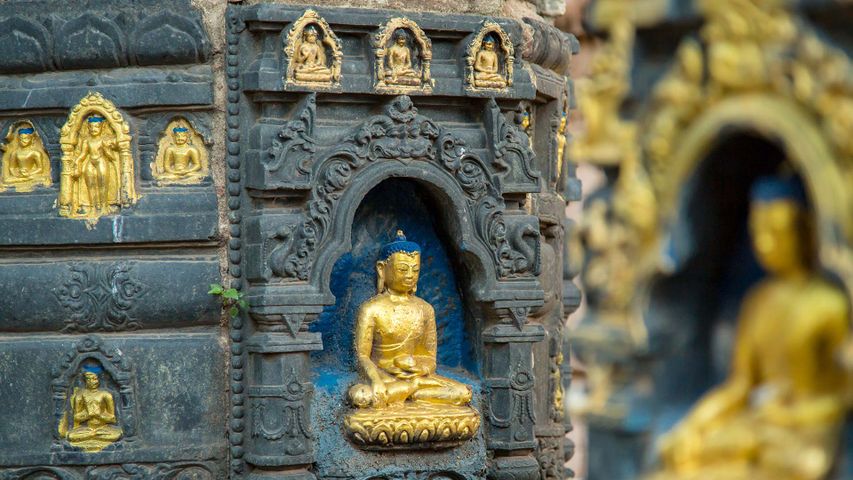Swedish antenna at La Silla ESO Observatory, Chile
© Alberto Ghizzi Panizza/Getty Image
Eyes on the skies. Astronomy Day
In one of the darkest places on Earth, there's a cluster of telescopes that examine the heavens each night, sending detailed information about the celestial bodies they observe to astronomers across the planet. Far from any population centers or light pollution, the Atacama Desert is the world’s driest nonpolar desert. It’s the perfect place for La Silla Observatory, one of the largest observatories in the Southern Hemisphere, and the first to be used by the European Southern Observatory (ESO), a research organisation made up of astronomers from 16 European nations. The first ESO telescope at the La Silla site in Chile began operating in 1966.
And what better place to spend World Astronomy Day? Started in 1973 by Doug Berger, the president of the Astronomical Association of Northern California, Berger’s initial intent was to set up various telescopes in busy urban locations so that passersby could enjoy views of the heavens. Since then, the event has expanded and is now sponsored by several organisations associated with astronomy. The springtime Astronomy Day is mirrored by another in the fall between mid-September and mid-October.
Related Images
Bing Today Images



 The Milky Way framed by Double Arch in Arches National Park, Utah, United States
The Milky Way framed by Double Arch in Arches National Park, Utah, United States
 Joshua trees under the Milky Way, California, United States
Joshua trees under the Milky Way, California, United States
 Tre Cime di Lavaredo, Italy
Tre Cime di Lavaredo, Italy
 Milky Way, Aït Benhaddou, Morocco
Milky Way, Aït Benhaddou, Morocco
 The moon
The moon
 Hammock camping on a lake in Central Florida
Hammock camping on a lake in Central Florida
 Milky Way over Big Bend National Park, Texas
Milky Way over Big Bend National Park, Texas
 Young stars forming in the Tarantula Nebula, James Webb Space Telescope
Young stars forming in the Tarantula Nebula, James Webb Space Telescope



